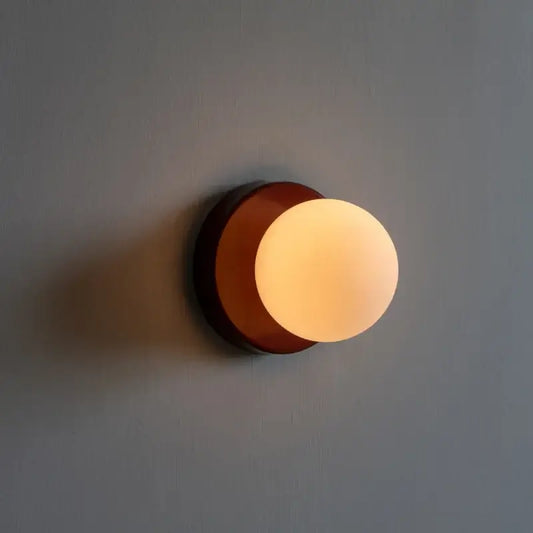
Illuminate Your Life: Maximizing Natural Light for a Healthier Home Environment
|
|
Time to read 5 min

Discover new arrivals in modern lighting, home decor, and Scandinavian design—updated weekly...
|
|
Time to read 5 min
Natural light is known for its numerous benefits, from improving your mood to enhancing productivity. In today's world, where we often find ourselves shutting out sunlight in favor of artificial lighting, it's essential to create a home environment that embraces the beauty and health benefits of natural light. This article will explore practical tips for maximizing natural light in your home while blending it beautifully with floor lamps, table lamps, wall light fixtures, and ceiling light fixtures to enhance your interior design.
Before diving into our tips, let’s look at why natural light is so precious:
Before making any changes, take a closer look at your home. Evaluate the following:
Identify how much natural light your home currently receives. Does sunlight flood in through wide windows, or is it blocked by furniture, overgrown plants, or heavy curtains? Make a note of which rooms are brightest and which could benefit from more light.
The colors you use in your interiors can significantly affect how they interact with light. Here are some tips for choosing a palette that maximizes the light:
Now that you've evaluated your space, it's time to make some changes. Here are several practical strategies to brighten your space naturally:
Heavy curtains can block precious sunlight, so consider alternatives that allow light to flow in.
Strategically placing mirrors can brighten up your space by reflecting natural light. Try these tips:
The way you arrange furniture can significantly impact how light travels in a room:
While maximizing natural light is essential, it’s also important to incorporate artificial lighting effectively to ensure your space is well-lit at all times. Here are some ways to do this:
Investing in quality light fixtures can help fill in the gaps when natural light is unavailable.
A well-lit room requires a combination of different lighting sources. Ensure you layer your lighting by combining:
As the seasons change, so does the natural light in your home. Here are some tips to adapt:
During summer, windows can often become overheated. In this case:
In winter, it's essential to maximize light as days are shorter:
Having access to nature not only enhances natural light but also provides a serene atmosphere. Here’s how you can connect your interior spaces with the outdoors:
Plants can be wonderful companions in your home, assisting in purifying the air and improving mood:
Large windows or French doors that open into gardens or patios expand your interior view and help illuminate indoor spaces.
As we embrace natural light, it's essential to dispel some common myths that may hinder your home design:
Incorporating natural light effectively, combined with thoughtful design choices, can lead to a more vibrant and energized environment. Here are your last tips to elevate your space:
By maximizing natural light and integrating it with beautiful interior design elements, you can create a healthier home environment. Don't forget the importance of layering your lighting and considering furniture arrangements to further enhance brightness. Your home is a cherished space where you create memories, unwind and rejuvenate. Elevating your home through smart lighting choices and design adjustments can lead you and your loved ones toward a brighter and happier living experience.
Discover the creations of a fellow Shopify store owner by exploring their online store. Simply click here to access the store. Please remember that this is a promotional link, and we cannot be held responsible for the content of the linked store.
Like our Magazine? You will like our store even more with all its curated homeware, modern lighting, kitchen utensils and Wall Art. We also recommend that you sign up to our newsletter or follow us on social media to find out about our news article releases, promotions and discount codes.

